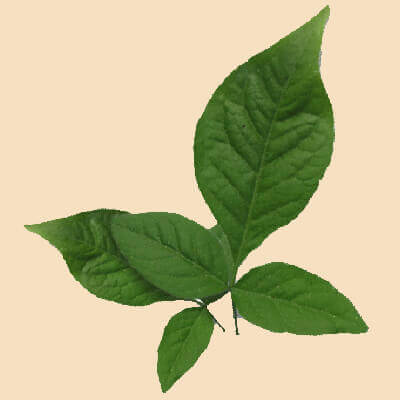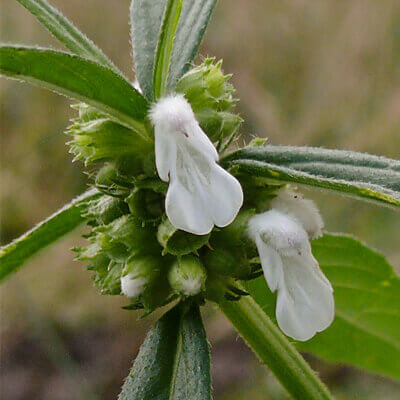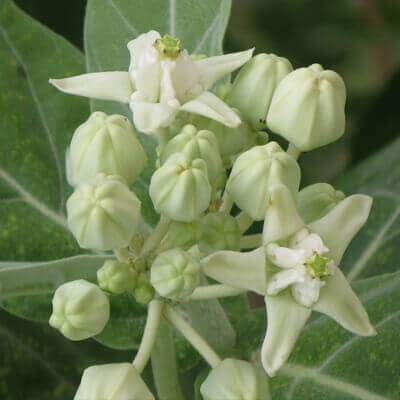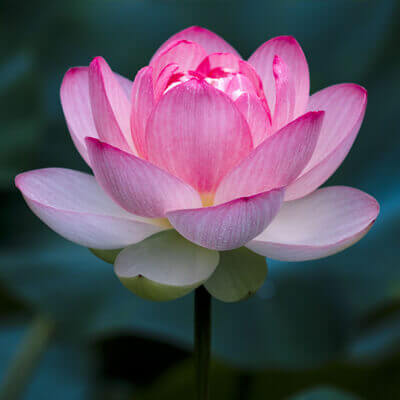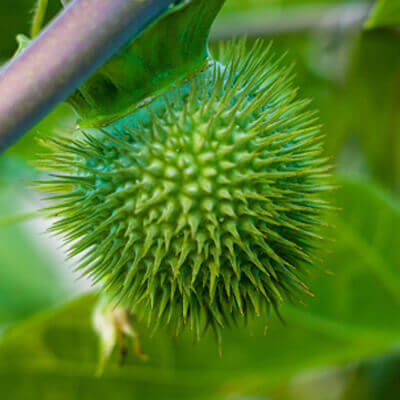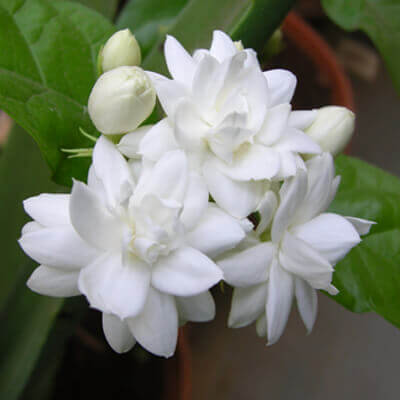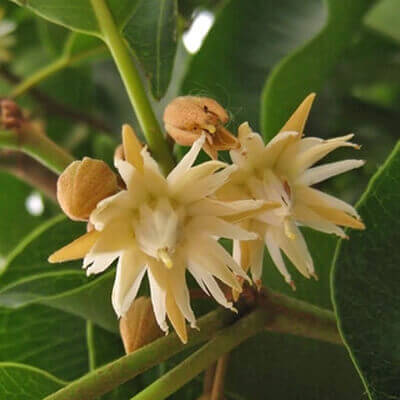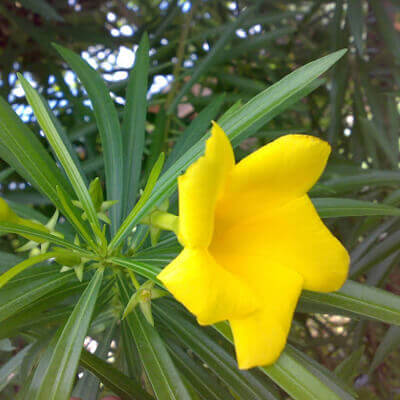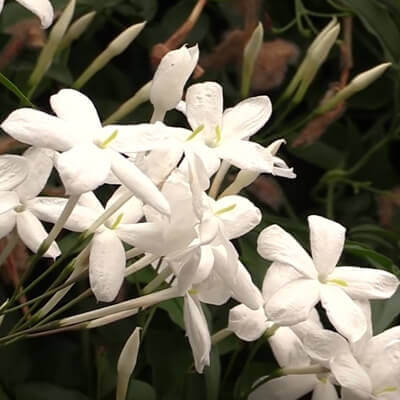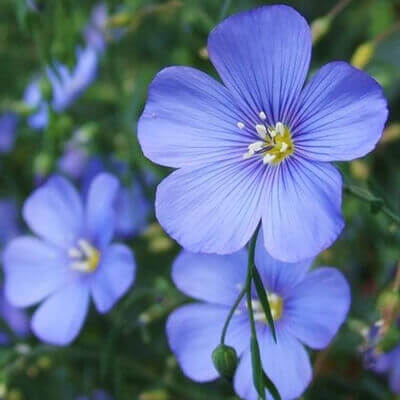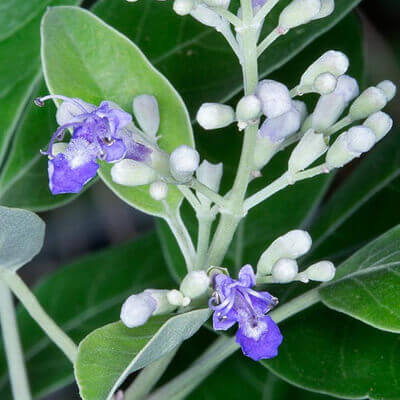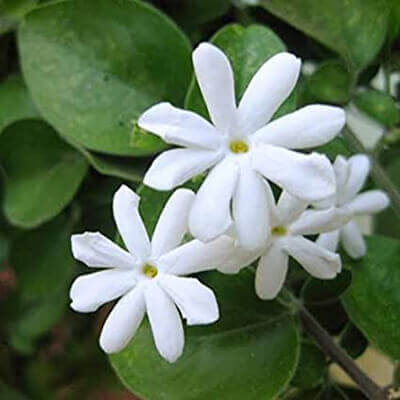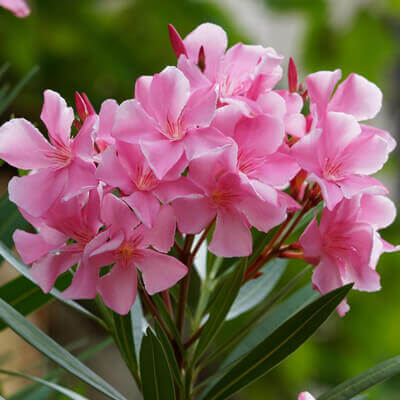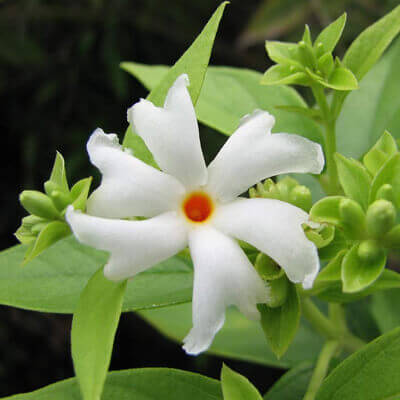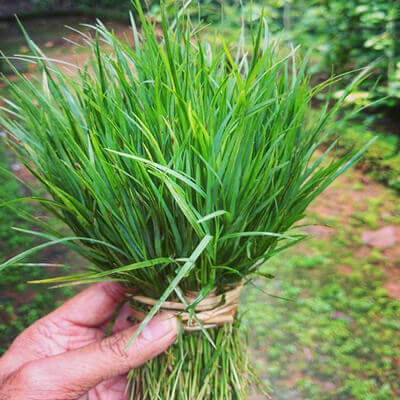The Cobra Necklace:
This suggests that Shiva is beyond the powers of death and is often the sole support in case of distress. He swallowed the poison kalketu for the wellbeing of the Universe. The cobras around his neck also represent the dormant energy, called Kundalini, the serpent power. The snake curled three times around the neck of Lord Shiva depicts the past, present and future time. The snake looking in the right direction of Lord Shiva signifies that the Lord′s perpetual laws of reason and justice preserve natural order in the universe.
The Vibhuti:
Vibhuti is a three line of ashes drawn on the forehead that signifies the Immortality of the soul and manifested glory of the Lord.
Tiger Skin:
Lord Shiva is shown sitting on or wearing a tiger skin. The tiger is the vehicle of Shakti, the Goddess of power and force. Shiva is beyond and above any kind of force. He is the master of Shakti. The tiger skin that he wears symbolizes victory over every force. Tiger also represent lust. Thus sitting on Tiger skin, Shiva indicates that he has conquered lust.
The Elephant & Deer Skin:
Shiva also wears elephant skins. Elephants represent pride. Wearing elephant skin, Shiva indicates that he has conquered pride. Similarly deer represent the flickering mind. Shiva wears deer skin which indicates that he has controlled the mind perfectly.
Rudraksha Necklace:
‘Rudra’ is the other name of Shiva. Lord Shiva has the deepest connection to the Rudraksha a rosary made of the dried fruits of the Rudraksha tree. It also means strict or uncompromising and ‘aksha’ means eye. Rudraksha, the necklace worn by Lord Shiva on his arms, wrists, neck, waist and hair mat shows that he is firm about his cosmic laws and to maintain law and order in the universe. The necklace has 108 beads, which symbolize the elements used in the creation of the world.
Damaru (Drum):
A small drum with two sides alienated from each other by a thin neck-like structure represents the two utterly different states of existence, unclear and clear. When a damaru is shaken, the sound formed denotes Nada, the cosmic sound of AUM, which can be heard during deep meditation.
Trishul (Trident):
A three-branched trident shown adjoining to Lord Shiva symbolizes His three fundamental powers will, action and knowledge. As a weapon the trident represents the instrument of punishment to the evil doer on all the three planes - spiritual, subtle and physical.
Nandi, the Bull:
Nandi is said to be the vehicle of Lord Shiva. The bull represents both power and ignorance. Lord Shiva′s use of the bull as his vehicle expresses the idea that He removes ignorance and bequeaths power of wisdom on His followers.



